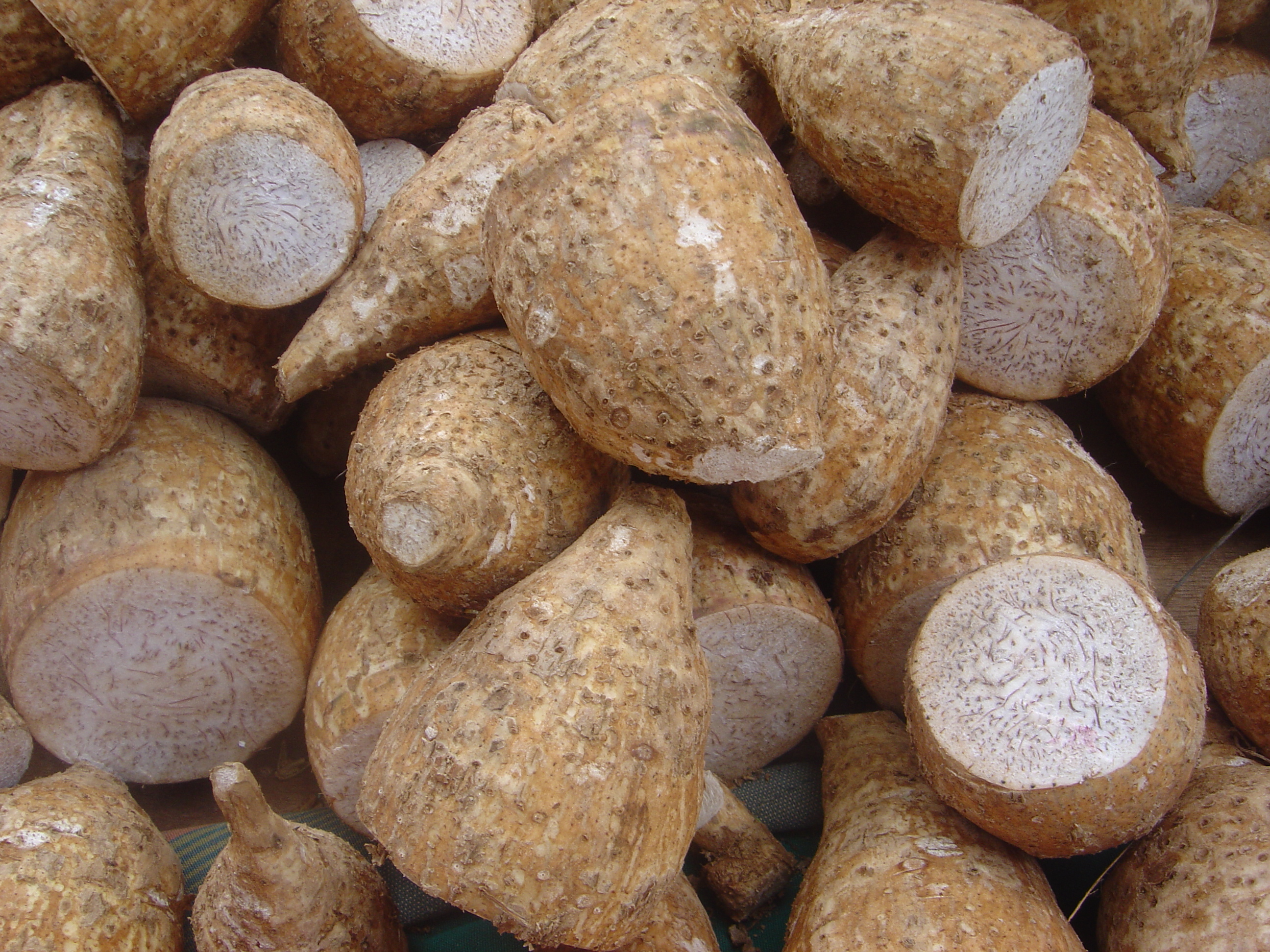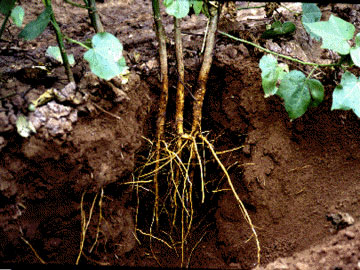|
Bletilla Foliosa
''Bletilla'', common name urn orchid, is a temperate, terrestrial genus of orchids containing five currently recognized species distributed through China, Japan, Taiwan, south to Vietnam, Thailand and Myanmar. The name is actually a diminutive of ''Bletia'' because of the resemblance between the two genera even though Bletia is a New World genus. The genera ''Jimensia'' Raf. and ''Polytoma'' Lour. ex are generally included into ''Bletilla''. This genus is abbreviated Ble in trade journals. The pseudobulbs resemble spreading corms which usually sit at ground level. Each pseudobulb generally bears several pleated leaves around long. The racemes of flowers emerge from the center of the years new growth before it is mature, during spring and early summer. The flowers vary in color from white to purple, and all species have four pollinia. The tubers resemble a horn or claw. They are grayish-white or yellowish-white in appearance, with concentric rings and brown rootlets. They ha ... [...More Info...] [...Related Items...] OR: [Wikipedia] [Google] [Baidu] |
Bletilla Striata
''Bletilla striata'', known as hyacinth orchid or Chinese ground orchid, is a species of flowering plant in the orchid family Orchidaceae, native to Japan, Korea, Myanmar (Burma), and China (Anhui, Fujian, Gansu, Guangdong, Guangxi, Guizhou, Hubei, Hunan, Jiangsu, Jiangxi, Shaanxi, Sichuan, Zhejiang). It is most commonly found growing in clumps alongside grassy slopes with sandy soil.Ōi, Jisaburō. ''Flora of Japan'' (English translation). The Smithsonian Institution, 1965 The Latin binomial nomenclature, specific epithet ''striata'' means "striped", in reference to the ribbed leaves. Description ''Bletilla striata'' is a terrestrial orchid with pleated, spear-shaped leaves. It breaks dormancy in early spring, with each tuber of the previous year potentially sending out multiple shoots. These growths mature over the course of a couple months and eventually bear 3-7 magenta-pink flowers. Cultivation In cultivation in the United Kingdom, UK it is hardy in sheltered locatio ... [...More Info...] [...Related Items...] OR: [Wikipedia] [Google] [Baidu] |
Corm
Corm, bulbo-tuber, or bulbotuber is a short, vertical, swollen, underground plant stem that serves as a storage organ that some plants use to survive winter or other adverse conditions such as summer drought and heat (perennation). The word ''cormous'' usually means plants that grow from corms, parallel to the terms ''tuberous'' and ''bulbous'' to describe plants growing from tubers and bulbs. A corm consists of one or more Internode (botany), internodes with at least one growing point, generally with protective leaves modified into skins or Tunica (biology), tunics. The tunic of a corm forms from dead Petiole (botany), petiole sheaths—remnants of leaves produced in previous years. They act as a covering, protecting the corm from insects, digging animals, flooding, and water loss. The tunics of some species are thin, dry, and papery, at least in young plants, however, in some families, such as ''Iridaceae'', the tunic of a mature corm can be formidable protection. For exa ... [...More Info...] [...Related Items...] OR: [Wikipedia] [Google] [Baidu] |
Bletilla Ochracea
''Bletilla ochracea'', commonly known as Chinese butterfly orchid, is a species of orchid native to Vietnam and China (Gansu, Guangxi, Guizhou, Henan, Hubei, Hunan, Shaanxi, Sichuan, Yunnan Yunnan; is an inland Provinces of China, province in Southwestern China. The province spans approximately and has a population of 47.2 million (as of 2020). The capital of the province is Kunming. The province borders the Chinese provinces ...). References External links * * Plant Delights Nursery, ''Bletilla ochracea'' 'Chinese Butterfly' Dave's Garden, Chinese Ground Orchid, Bletilla 'Chinese Butterfly', ''Bletilla ochracea'' Florida Hill Nursery, ''Bletilla Ochracea'' Orchid "Chinese Butterfly" plantBotany boy Plant Encyclopedia, ''Bletilla ochracea'', the yellow flower Chinese ground orchid ochracea Plants described in 1913 Orchids of China Orchids of Vietnam {{Epidendroideae-stub ... [...More Info...] [...Related Items...] OR: [Wikipedia] [Google] [Baidu] |
Bletilla Formosana
''Bletilla'', common name urn orchid, is a temperate, terrestrial plant, terrestrial genus of orchids containing five currently recognized species distributed through China, Japan, Taiwan, south to Vietnam, Thailand and Myanmar. The name is actually a diminutive of ''Bletia'' because of the resemblance between the two genera even though Bletia is a New World genus. The genera ''Jimensia'' Constantine Samuel Rafinesque-Schmaltz, Raf. and ''Polytoma'' Lour. ex are generally included into ''Bletilla''. This genus is abbreviated Ble in trade journals. The pseudobulbs resemble spreading corms which usually sit at ground level. Each pseudobulb generally bears several pleated leaves around long. The racemes of flowers emerge from the center of the years new growth before it is mature, during spring and early summer. The flowers vary in color from white to purple, and all species have four pollinia. The tubers resemble a horn or claw. They are grayish-white or yellowish-white in appear ... [...More Info...] [...Related Items...] OR: [Wikipedia] [Google] [Baidu] |
Bletilla Foliosa
''Bletilla'', common name urn orchid, is a temperate, terrestrial genus of orchids containing five currently recognized species distributed through China, Japan, Taiwan, south to Vietnam, Thailand and Myanmar. The name is actually a diminutive of ''Bletia'' because of the resemblance between the two genera even though Bletia is a New World genus. The genera ''Jimensia'' Raf. and ''Polytoma'' Lour. ex are generally included into ''Bletilla''. This genus is abbreviated Ble in trade journals. The pseudobulbs resemble spreading corms which usually sit at ground level. Each pseudobulb generally bears several pleated leaves around long. The racemes of flowers emerge from the center of the years new growth before it is mature, during spring and early summer. The flowers vary in color from white to purple, and all species have four pollinia. The tubers resemble a horn or claw. They are grayish-white or yellowish-white in appearance, with concentric rings and brown rootlets. They ha ... [...More Info...] [...Related Items...] OR: [Wikipedia] [Google] [Baidu] |
Root
In vascular plants, the roots are the plant organ, organs of a plant that are modified to provide anchorage for the plant and take in water and nutrients into the plant body, which allows plants to grow taller and faster. They are most often below the surface of the soil, but roots can also be aerial root, aerial or aerating, that is, growing up above the ground or especially above water. Function The major functions of roots are absorption of water, plant nutrition and anchoring of the plant body to the ground. Types of Roots (major rooting system) Plants exhibit two main root system types: ''taproot'' and ''fibrous'', with variations like adventitious, aerial, and buttress roots, each serving specific functions. Taproot System Characterized by a single, main root growing vertically downward, with smaller lateral roots branching off. Examples. Dandelions, carrots, and many dicot plants. Fibrous RootSystem Consists of a network of thin, branching roots that spread out from ... [...More Info...] [...Related Items...] OR: [Wikipedia] [Google] [Baidu] |
Hardy
Hardy may refer to: People * Hardy (surname) * Hardy (given name) * Hardy (singer), American singer-songwriter Places Antarctica * Mount Hardy, Enderby Land * Hardy Cove, Greenwich Island * Hardy Rocks, Biscoe Islands Australia * Hardy, South Australia, a locality * Cape Hardy, a headland in South Australia * Hardy Inlet, Western Australia Canada * Hardy Township, Ontario, Canada, administered by the Loring, Port Loring and District, Ontario, services board * Port Hardy, British Columbia * Hardy, Saskatchewan, Canada, a hamlet United States * Hardy, Arkansas, a city * Hardy, California, an unincorporated community * Hardy, Iowa, a city * Hardy, Kentucky, an unincorporated community * Hardy, Mississippi, an unincorporated community * Hardy, Montana, an unincorporated community * Hardy, Nebraska, a village * Hardy, Virginia, an unincorporated community * Hardy County, West Virginia * Hardy Dam, Michigan * Hardy Lake, Indiana, a state reservoir * Hardy Pond, ... [...More Info...] [...Related Items...] OR: [Wikipedia] [Google] [Baidu] |
Bletilla Ochracea 3
''Bletilla'', common name urn orchid, is a temperate, terrestrial genus of orchids containing five currently recognized species distributed through China, Japan, Taiwan, south to Vietnam, Thailand and Myanmar. The name is actually a diminutive of ''Bletia'' because of the resemblance between the two genera even though Bletia is a New World genus. The genera ''Jimensia'' Raf. and ''Polytoma'' Lour. ex are generally included into ''Bletilla''. This genus is abbreviated Ble in trade journals. The pseudobulbs resemble spreading corms which usually sit at ground level. Each pseudobulb generally bears several pleated leaves around long. The racemes of flowers emerge from the center of the years new growth before it is mature, during spring and early summer. The flowers vary in color from white to purple, and all species have four pollinia. The tubers resemble a horn or claw. They are grayish-white or yellowish-white in appearance, with concentric rings and brown rootlets. They ha ... [...More Info...] [...Related Items...] OR: [Wikipedia] [Google] [Baidu] |
Pollinia
A pollinium (: pollinia) is a coherent mass of pollen grains in a plant that are the product of only one anther, but are transferred, during pollination, as a single unit. This is regularly seen in plants such as orchids and many species of milkweeds (Asclepiadoideae). Usage of the term differs: in some orchids two masses of pollen are well attached to one another, but in other orchids there are two halves (with two separate viscidia) each of which is sometimes referred to as a pollinium. Most orchids have waxy pollinia. These are connected to one or two elongate stipes, which in turn are attached to a sticky viscidium, a disc-shaped structure that sticks to a visiting insect. Some orchid genera have mealy pollinia. These are tapering into a caudicle (stalk), attached to the viscidium. They extend into the middle section of the column. The pollinarium is a collective term that means either (1) the complete set of pollinia from all the anthers of a flower, as in Asclepiadoideae, ( ... [...More Info...] [...Related Items...] OR: [Wikipedia] [Google] [Baidu] |

